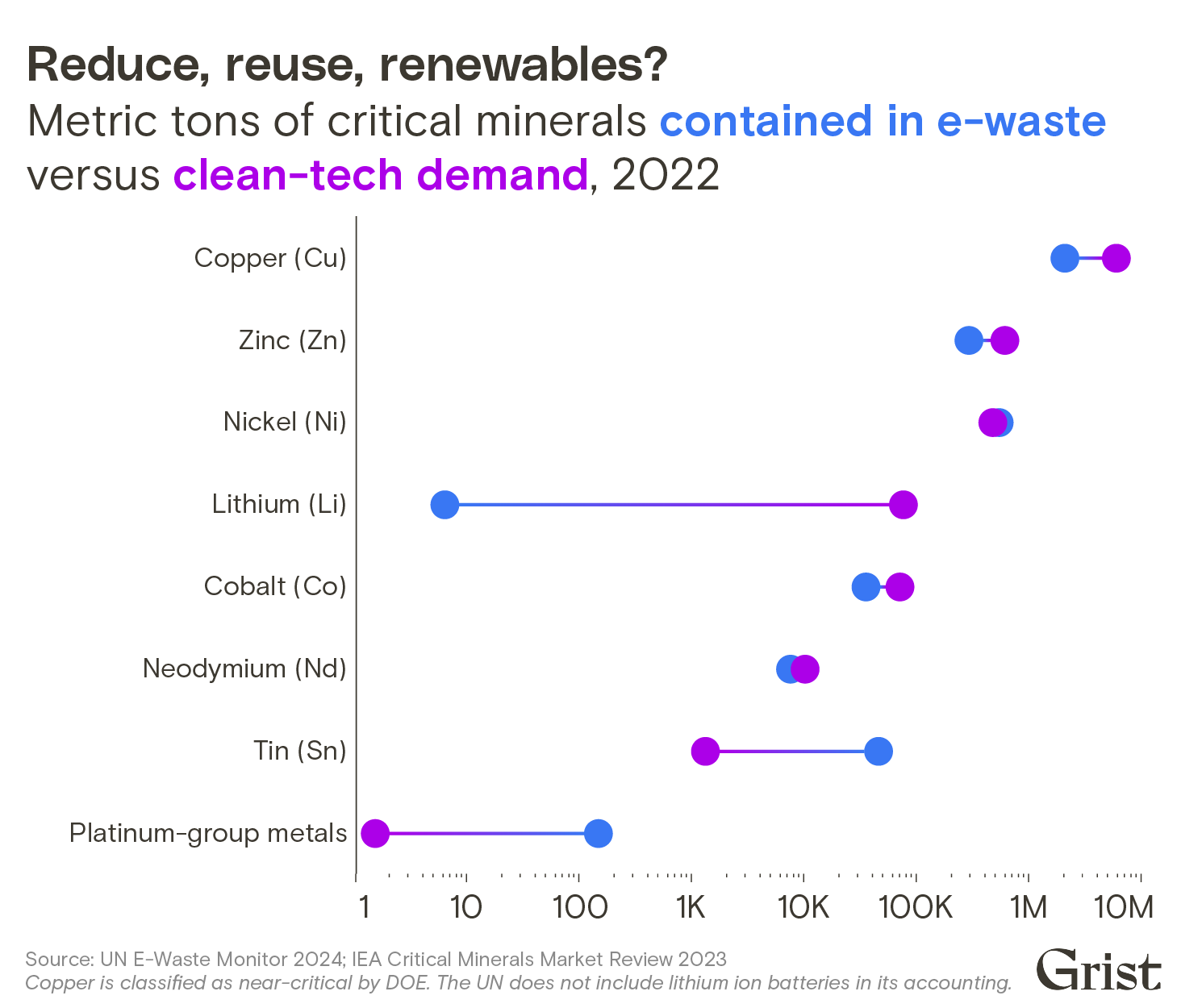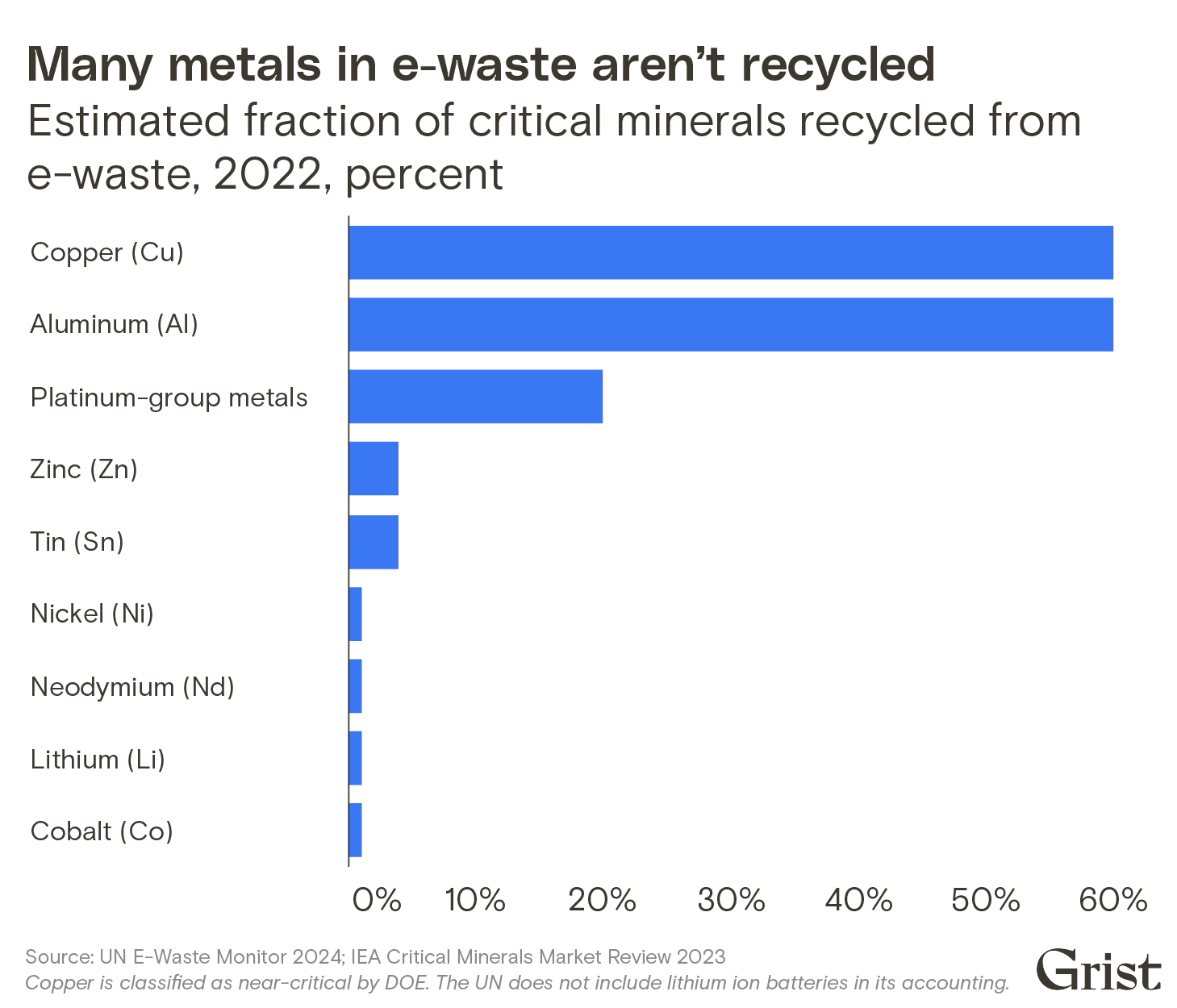By Cristen Hemingway Jaynes and Olivia Rosane
This year marks the 54th year of Earth Day! What better way to celebrate than to explore opportunities to join others in helping combat the climate crisis and make our planet cleaner, greener and more sustainable? Here are a few suggestions to get you started.
1. Square Up Against Plastic Pollution
EARTHDAY.ORG, a global environmental group that grew out of the first Earth Day in 1970, has announced that the official theme of Earth Day 2024 is Planet vs. Plastics. The organization hopes to mobilize its worldwide network to demand a 60 percent cut in plastic production by 2040, with a view toward eliminating the toxic petroleum products entirely.
“The word environment means what surrounds you. Now plastics do more than surround us; we have become the product itself — it flows through our blood stream, adheres to our internal organs, and carries with it heavy metals known to cause cancer and disease. Now this once-thought amazing and useful product has become something else, and our health and that of all other living creatures hangs in the balance,” EARTHDAY.ORG President Kathleen Rogers said in the press release announcing the theme. “The Planet vs. Plastics campaign is a call to arms, a demand that we act now to end the scourge of plastics and safeguard the health of every living being upon our planet.”
To help anyone join the campaign, EARTHDAY.ORG has published an Earth Day 2024 Action Toolkit that includes a petition for an ambitious Global Plastics Treaty, resources to learn about the relationship between plastic pollution and fast fashion and advocate for a sustainable clothing industry and an invitation to take the #PlasticDetox Challenge on social media and reduce your reliance on single-use plastics.
You can also either search for or create your own Earth Day event or tackle plastic pollution directly by organizing or joining a Great Global Cleanup near you. If you want to go even deeper, you can sign up to Dive for Earth Day and remove trash from vulnerable ocean ecosystems like coral reefs or marine protected areas.
2. Sound the Alarm
Earth Day 2024 follows closely on the first 12-month period on record in which global temperatures breached 1.5 degrees Celsius above pre-industrial levels. While some of this heat likely comes from an ongoing El Niño event, it’s exacerbated by global heating caused chiefly by the burning of fossil fuels. Several youth climate organizations including Sunrise Movement, Fridays For Future US and the Campus Climate Network are using Earth Day as a chance to pressure President Joe Biden to declare a climate emergency.
“Congress grants the president various national defense powers that can be deployed during times of genuine emergency,” the groups explain in a petition. “Since the National Emergencies Act was enacted in 1976, every president has declared at least one national emergency during their term of office. By declaring a national climate emergency, Biden can unlock these emergency executive powers to aggressively combat the crisis.”
Declaring a climate emergency would allow Biden to take steps including pausing oil exports and oil and gas drilling, using the Defense Production Act to bolster renewable energy installations and create green jobs and provide free healthcare and housing to people impacted by extreme weather events.
To add your voice to their call, you can sign the petition to Biden; join the Global Climate Strike on Friday, April 19; or sign up for a Sunrise Movement Earth Day teach-in taking place from April 19 to 23. If you’re a university student, you can also attend a Reclaim Earth Day protest calling on schools to divest from fossil fuels, sever any connections with the fossil fuel industry and eliminate their greenhouse gas emissions.
3. Concert to End Fossil Fuels
If you find yourself in Washington, DC this Earth Day weekend, the Earth Day DC 2024 Concert to End Fossil Fuels will be held from 4 to 7 p.m. on Saturday, April 20, at the National Mall.
“This Earth Day weekend we are coming together to continue the fight to End the Era of Fossil Fuels! Communities around the globe are plagued by severe storms and weather events, and politicians have been ignoring the scientific warnings for decades,” Action Network said in its press release on the event. “But we have the solutions. We know that we need an immediate just transition to renewable energy. We’re fighting back against green washing and false solutions that fail to address the root cause of the climate crisis. We demand that giant fossil fuel companies be held accountable and pay for the harm they have caused. Our future lies in the will to pass bold policies and make systemic change.”
The concert will feature local bands, artwork and speeches from community and youth activists.
“We are gathering this Earth Day weekend with music and art to continue this fight, to strengthen our movement and hear from youth voices. We will also be hearing from youth in the constitutional climate lawsuits around the country, such as Juliana vs. Gov and Held vs. Montana as part of Our Children’s Trust!”
What better way to celebrate Earth Day than to get your groove on in the nation’s capital while being inspired by others at the forefront of the climate fight.
4. Earth Day 2024 Virtual Stage
Another opportunity for community connection is the Earth Day 2024 Virtual Stage, presented by Earth Day Initiative and March for Science New York City. Programming begins at 7:30 p.m. Eastern Time on Earth Day itself.
This online collaboration features activists, filmmakers, artists, authors, actors and podcasters engaged in conversation about climate action, environmental justice and green living.
Some of the presenters scheduled to grace the Earth Day 2024 Virtual Stage include:
- Environmentalist and drag queen Pattie Gonia with artist and activist Benjamin Von Wong and Maggie Kervick, global head of sustainability at Kiehl’s skincare, speaking about how to make the beauty industry more circular.
- Actor, author and podcaster Angourie Rice with a special message on climate action.
- Author and CBC Sunday Morning correspondent David Pogue and Earth Day Initiative’s Executive Director John Oppermann on “How to Prepare for the Climate Crisis.”
- Emily Fano, National Wildlife Federation senior manager for climate resilience education, and Alyssa Shearer, March for Science NYC’s director of programming, with a discussion on climate change education.
- Leslie Ann St. Amour, RAVEN’s campaign director, speaking with actor, filmmaker and environmental activist Luke Mullen about the “Indigenous Fight Against Climate Change.”
- A conversation about “Reducing Food Waste at Home” by JacobSimonSays LLC founder and climate educator and creator Jacob Simon and Jeremy Lang, who is the co-founder and vice president of sustainability at LOMI.
- An explainer on sustainable furnishings by actor, writer and director Megyn Price and Laurence Carr, CEO and founder of Laurence Carr Inc. and Studio Laurence.
Past segments of the virtual stage can be viewed here.
Whatever you choose to do to celebrate our planet this Earth Day, we hope it includes time in the outdoors, inspiration and community!
The post From Cleanups to Concerts, EcoWatch’s Guide to Earth Day 2024 appeared first on EcoWatch.



